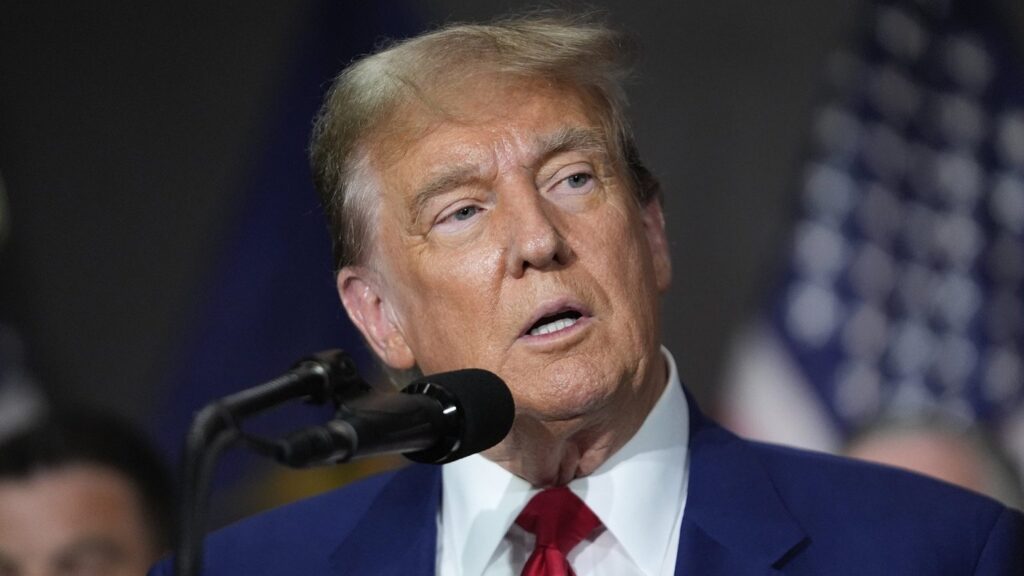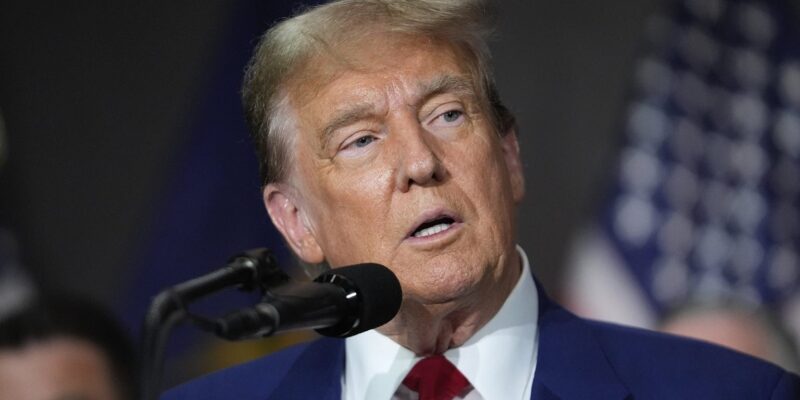
WASHINGTON — President Donald Trump has addressed the growing backlash over an AI-generated image of him dressed in papal robes, calling the viral photo a lighthearted joke and distancing himself from its creation.
The digitally altered image, which appeared on Trump’s Truth Social account last Friday night, was later shared on the official White House X (formerly Twitter) page, drawing sharp criticism from religious groups — particularly the Catholic Conference of New York State.
In a strongly worded statement, the Conference said, “There is nothing clever or funny about this. We just buried our beloved Pope Francis, and the cardinals are about to enter a solemn conclave to elect a new successor of St. Peter. Do not mock us.”
White House Press Secretary Karoline Leavitt defended the President’s intentions, noting that Trump had recently traveled to Italy to honor the late Pope Francis and has “been a staunch champion for Catholics and religious liberty.”
Speaking from the Oval Office on Monday during an unrelated announcement about the 2027 NFL Draft, Trump brushed aside the outrage. “You don’t mean the Catholics, you mean the fake news media,” he said. “The Catholics loved it.”
He went on to deny any involvement in creating or posting the image. “I had nothing to do with it. Somebody made up a picture of me dressed like the Pope and they put it out on the internet. That’s not me that did it. I have no idea where it came from. Maybe it was AI, but I know nothing about it.”
Trump added that he only became aware of the image on Sunday evening, joking, “My wife thought it was cute.”
He also made light of the idea of himself as Pope, quipping, “To the best of my knowledge, Popes aren’t big on getting married. Are they? Not that we know of.”
When asked whether the image harmed the credibility of the official White House account, Trump dismissed the concern: “Give me a break. Somebody did it in fun. It’s fun.”
The image remains a flashpoint in the broader conversation about AI-generated content, political messaging, and religious sensitivities in the digital age.

Comments